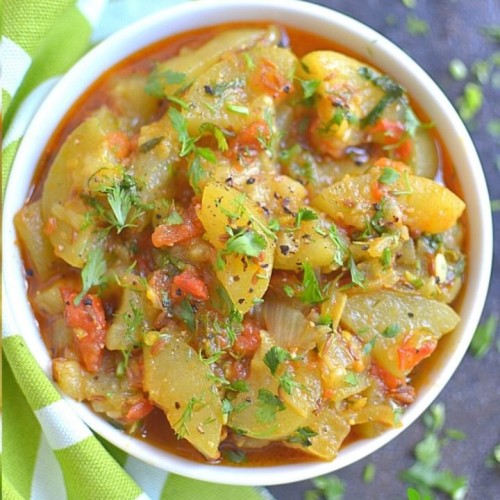



Available Options
The Long Bottle Gourd, also known as Calabash, produces elongated, smooth-skinned fruits that are perfect for culinary creations. These high-quality seeds will bring delicious and healthy goodness to your garden.
Calabash, also known as bottle gourd, is a fruit that belongs to the gourd family, Cucurbitaceae. It is native to Africa but is widely cultivated in many parts of the world, including Asia, the Americas, and Europe. Here's an overview of calabash:
Appearance:
Calabash fruit is usually cylindrical or bottle-shaped, with a thick, hard rind that is typically pale green or yellow. The flesh inside is white, spongy, and filled with seeds.
Growing Conditions:
Calabash grows best in warm, tropical or subtropical climates and requires well-drained soil, plenty of sunlight, and regular watering.It is a warm-season crop that requires a temperature range of 25-35°C (77-95°F) for optimal growth. The seeds can be started indoors about 3-4 weeks before the last expected frost date in the spring, and then transplanted outdoors after the danger of frost has passed.
Germination days:
Calabash has a germination time of about 7-14 days
Cultivation:
Calabash fruit can be harvested when it is mature and the rind has hardened. The fruit can be harvested by cutting it from the vine and allowing it to dry in a warm, dry place for several months. Once dried, the fruit can be used for various purposes.
Common Uses:
Calabash has many uses in different cultures around the world. In some parts of Africa and Asia, the fruit is used to make utensils, bowls, and musical instruments. In the Caribbean and Latin America, the fruit is used in cooking, particularly in stews and soups. In some cultures, the fruit is used for medicinal purposes, such as treating fever, coughs, and skin problems.
Nutritional Information:
Calabash fruit is low in calories and high in fiber. One cup of cooked calabash (approximately 116 grams) provides around 14 calories, 3 grams of carbohydrates, 1 gram of fiber, and 1 gram of protein. It also contains vitamins A and C, as well as minerals such as potassium and calcium.
Health Benefits:
Calabash is a good source of fiber, which can help promote digestive health and reduce the risk of certain diseases. It is also rich in antioxidants, which can help protect against cell damage and lower the risk of chronic diseases such as heart disease and cancer.
Thank you for visiting our home garden:
- Fanpage: fb.com/athenagarden.org
- Instagram: instagram.com/athenagardenorg
- Website: athenagarden.org














-190x190w.jpg)






